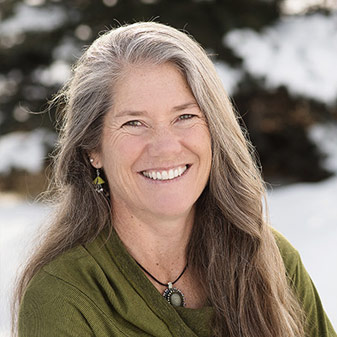Environmental Concern
The federal government owns roughly 28 percent of the land in the United States. Yet, according to the American Prairie Reserve (APR), a nonprofit, protected areas of western grassland are insufficient. In North America, more species have been lost in the grasslands than in any other biome. But government does not have the resources, nor do government actors have the proper incentives, to efficiently or effectively manage large landscapes.
Market Solution
To expand the western grasslands, APR is taking an innovative approach. They began in 2001 to expand conservation areas around the nearly million-acre Charles M. Russell National Wildlife Refuge in Eastern Montana. Networking public and private land from the fragmented landscape, APR’s goal is to extend the grassland habitat to over 3.5 million acres to enhance existing wildlife populations and reintroduce lost native species. By July 2017, APR had raised $100 million from private donors to help purchase lands from willing sellers in the region. Ranch purchases often include federal grazing allotments that allow APR to reintroduce bison to replace the cattle.
Local people are a big part of the equation. To motivate wildlife friendly management on other private lands, APR has a menu of compensation packages that encourage ranchers to enhance the prairie characteristics APR is seeking to conserve. APR is paying landowners to stop tilling and to live with wildlife, like elk, deer, and prairie dogs that compete for forage, and predators that threaten livestock. Camera traps are placed on some land, for example, and APR pays the landowner for wildlife caught on the video.
The wildlife incentive payments are funded by Wild Sky Beef, a private company owned by APR. Wild Sky Beef buys and sells grass fed, grass finished beef. Profits from the company are reinvested in the region to support wildlife friendly ranching. Paying for conservation can motivate private ranchers to work toward a common conservation goal by aligning the incentives with the desired outcomes.





